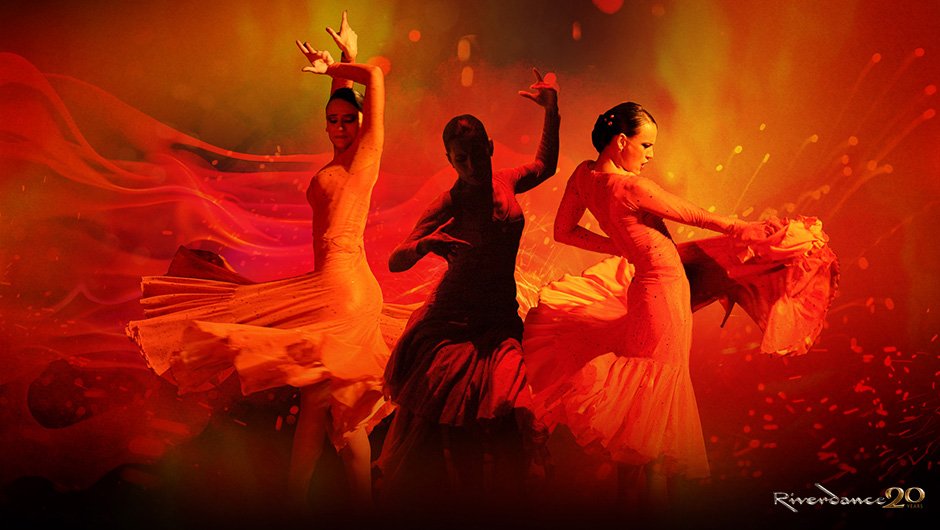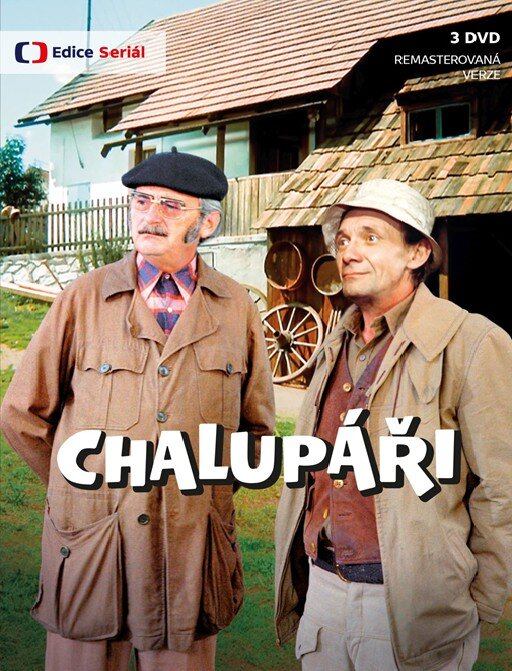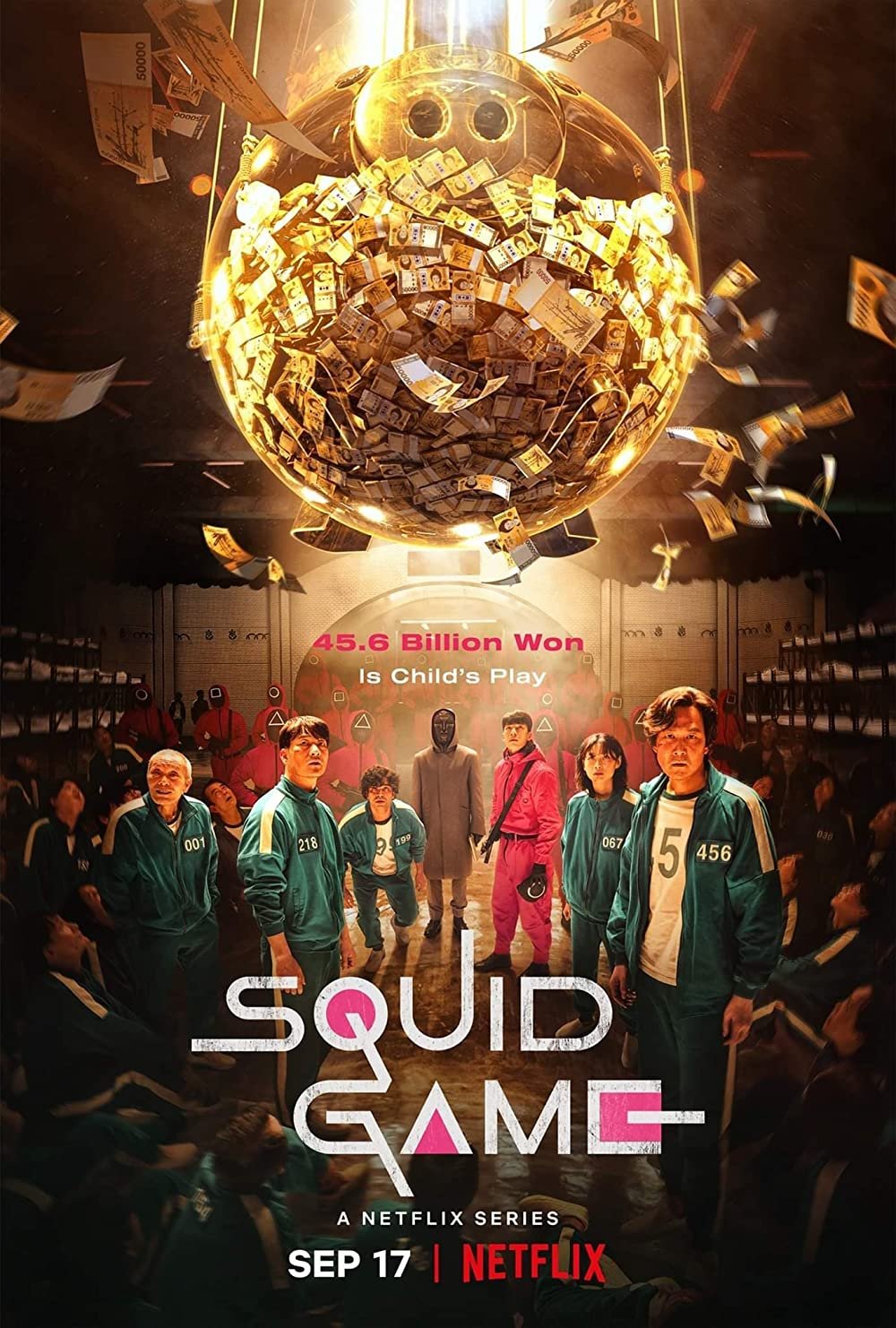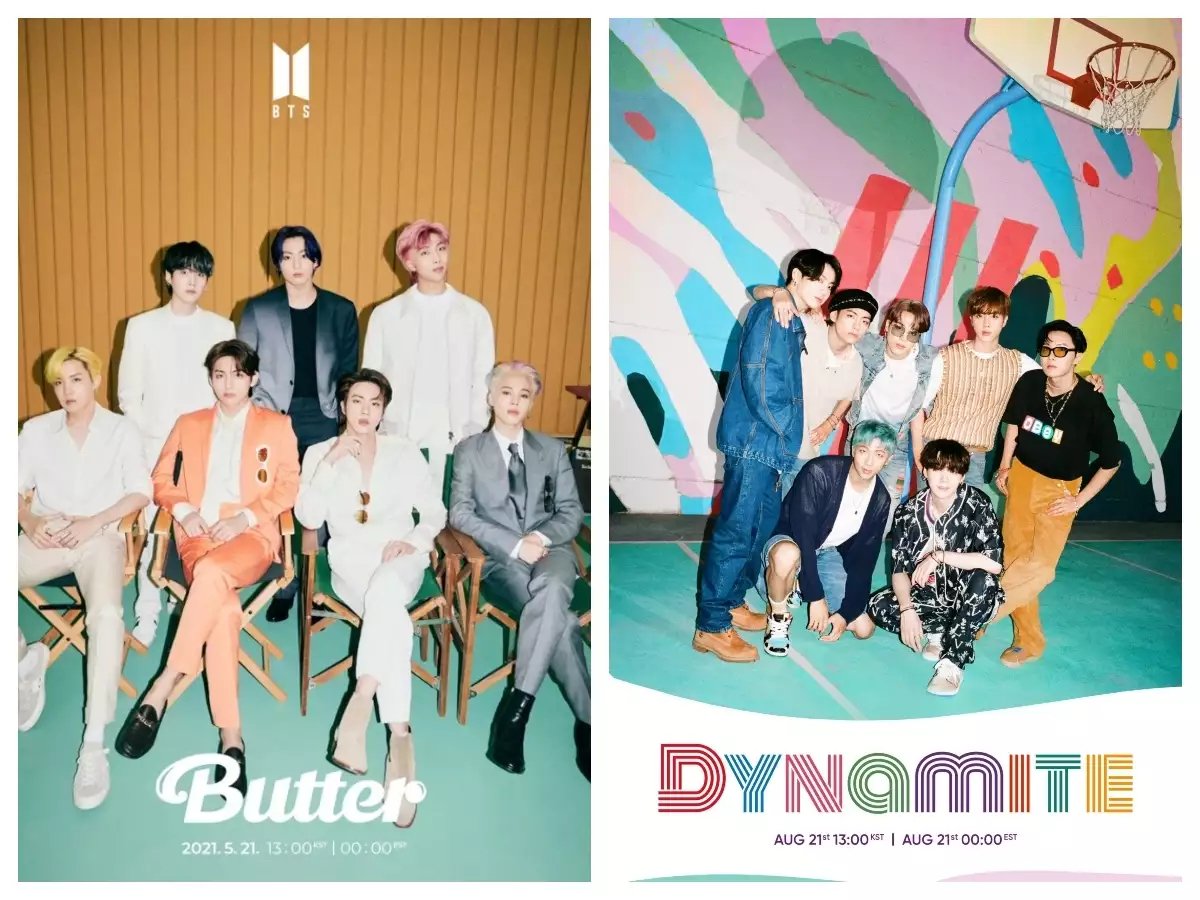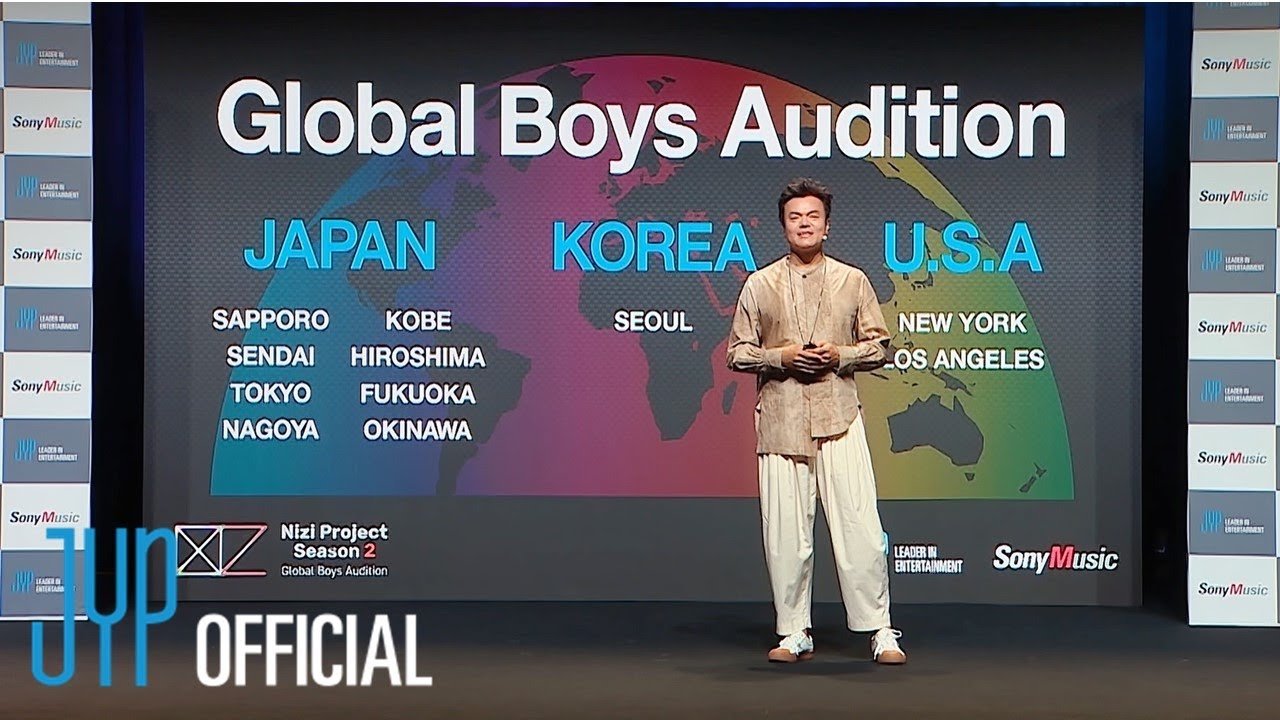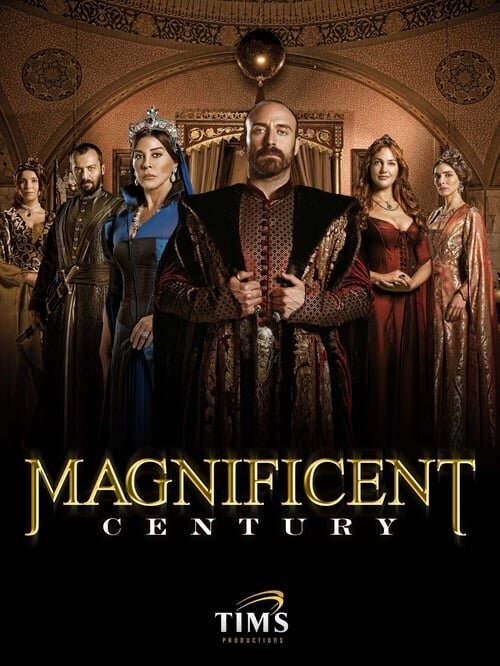Global Fandom Jamboree: Jenessa Williams (UK)
/My name is Jenessa (she/her) and I’m based in Leeds, United Kingdom. The easiest way to introduce myself is to say that I’m a bit of a hybrid worker; part freelance Music Journalist, part PhD Student, and a full-time enthusiast of trying to unravel the messy business of fandom, socio-political identity, race, gender and music, particularly with regards to the way that online discussion spaces help us to make sense of it. In that sense, my work isn’t strictly linked to the UK, but rather the geography of the wider Internet community of music fans, all bringing their own perspectives and cultural contexts.
As an enthusiastic participant in the musical-MySpace-preteen to feminist-Twitter-adult pipeline, I have always been fascinated by the identities that we build for ourselves online and the way that we forge bonds with other fans, amplifying or downplaying certain aspects of ourselves in order to consolidate a sense of belonging, cultural capital and knowledge. As a mixed-race woman, I’m often most compelled to study and write about fans who have had to fight against the stereotypical convention in order to be seen; female music writers in an overtly masculine space (guilty), POC emo and indie-rock fans in an overtly white space (guilty), right-wing or conservative music fans in an overtly leftist space (not guilty myself, but certainly something I’m incredibly intrigued by).
Speaking somewhat facetiously of guilt, the very notion of the ‘guilty pleasure’ is also central to my work. My PhD research is an exploration of what happens when music fandom becomes complicated, or, to use the more popular phrase, ‘problematic’. Against the backdrop of #MeToo and the socio-political climate of #BlackLivesMatter, the pandemic and Trump-era polarisation, there has been no shortage of public figures (fan objects) whose controversial and/or inherently harmful actions, words and behaviours have been called out, often causing disappointment and dilemma within their fanbase.
Within a similar timespan, we have come to view our interests and consumer behaviours as a more intrinsic expression of our identity politics than ever before, consequently, to consider how what we fan over, amplify and engage with online might play a role in indicating our own moral compass to others. With regards to music, listening to and vocally loving a band is no longer as simple as liking the songs — was it ever? — but rather the question of what using social media to engage with discussion around those artists might signal to the world about our sociopolitical stance.
Linking to #MeToo specifically, I am interested in questioning how far music fans might go to excuse or re-contextualise the fallible – even deeply repugnant behaviours - of artists that they once resonated with. At the time of writing this, I have recently completed the main data collection phase of my research; video calls with fans from right across the world, discussing their feelings towards a range of artists who have been accused of some form of sexual misconduct.
Somewhat surprisingly, I feel my work has been aided by the pandemic. With people stuck at home and the rising availability of Zoom, I have been able to connect with fans from a wide variety of cultural and political backgrounds, and have been consistently bowled over with the degree of candour that fans will share when contextualising, reflecting and in some cases, defending the details of both their intimate relationship with music and its role in their identity formation. As somebody who has first-hand experience of this very specific type of fan disappointment, I’m not sure I have necessarily changed my own perception of the ‘separate art from artist’ debate, but I have certainly become more knowledgeable, more understanding, and ultimately more accepting of why other fans might see it differently.
At the risk of pre-emptively patting myself on the back, I think my participants have gotten something out of it too. Many have expressed gratitude at the opportunity to work through their dilemmas in a 1-on-1 environment, more informed and ‘less judgemental’ than the polarised debates they’ve been entering on social media. We speak a lot about ‘cancel culture’ in the UK and US, and I have felt from my participants both a sense of fatigue for the term, and the very real desire to avoid such ‘cancellation’ themselves, often going to quite some lengths to obscure biases and hypocrisies in their online expression - those aforementioned ‘guilty pleasures’.
When I began this project, I knew I was entering a complex conversation, one where I would have to reflect the ever-evolving nature of both digital fandom discussion and allegations while also showing all-important respect and sensitivity to the very real emotions and people involved. In sourcing and talking with my participants, I have been reminded how much more space needs to be held in fandom studies to both recognise and legitimise experiences of casual fandom as well as committed ‘Stan’ activity, and how care needs to be taken to thoughtfully contextualise race, gender, class and accessibility, both when we collect data and when we analyse it. With such an emotionally-loaded topic especially, I am adamant that I represent the fact that fans — like all people —are neither exclusively right or wrong, selfish or selfless, but rather occupying a position somewhere along a complicated spectrum, informed by our own circumstance.
The case studies I am dealing with have coincidentally centred around US artists, but with the advent of both streaming and online fan community, music fandom is more global than ever, and indeed many of my participants have been incredibly thoughtful in reflections of how the cultural, societal or technological environment of their upbringing might have played a part in their consumer habits, their learned understandings of gender relations, or the degree to which they can societally afford to be knowledgeable and vocal about misogyny and gender-based violence as it relates to their interactions with entertainment.
I am relatively new to academia as a career, but I suspect that these are the sort of questions and responsibilities that will occupy my mind as I move forward. ‘Parasocial relationships’ and ‘problematic fandom’ have become trending topics within both our field and wider pop-culture, and there is seemingly no industry in which allegations of sexual misconduct have not caused ripples of harm. It would be crude to imply that the suffering of fans and victim-survivors are one and the same, but the decisions that consumers face when dealing with problematic art(ists) can and do cause significant emotional wrangling, with knock-on effects for wider understandings of celebrity, responsibility and the ‘right’ to a platform. As we continue to hold such timely conversations of entertainment reckoning, ‘cancellation’ and ultimately — hopefully —reform, these are no longer matters that exist with the geographical boundaries of any one music ‘scene’ — they are a complex global debate.
Jenessa Williams (she/her) is a Media & Communications PhD Researcher, a Freelance Music and Lifestyle Journalist, and the Founder-Editor of Pennycress, a magazine that seeks to champion Creatives of Colour in the North of England. Her work has been published by the likes of The Guardian, NME, Gal-Dem, DIY and more. She is based in Leeds, UK and can be found tweeting at @jnessr.






